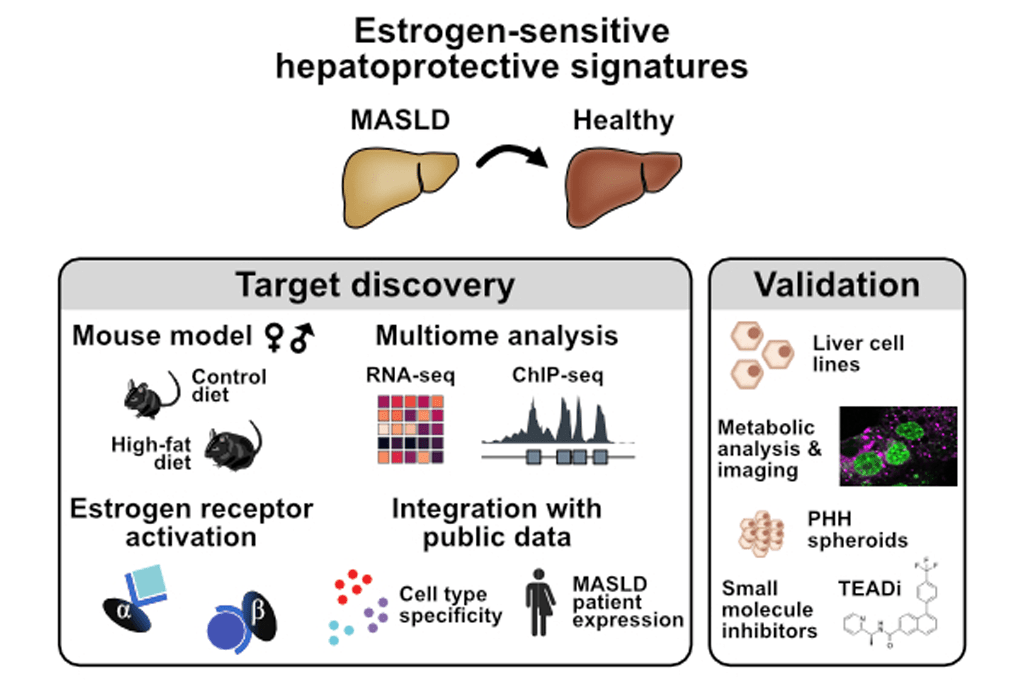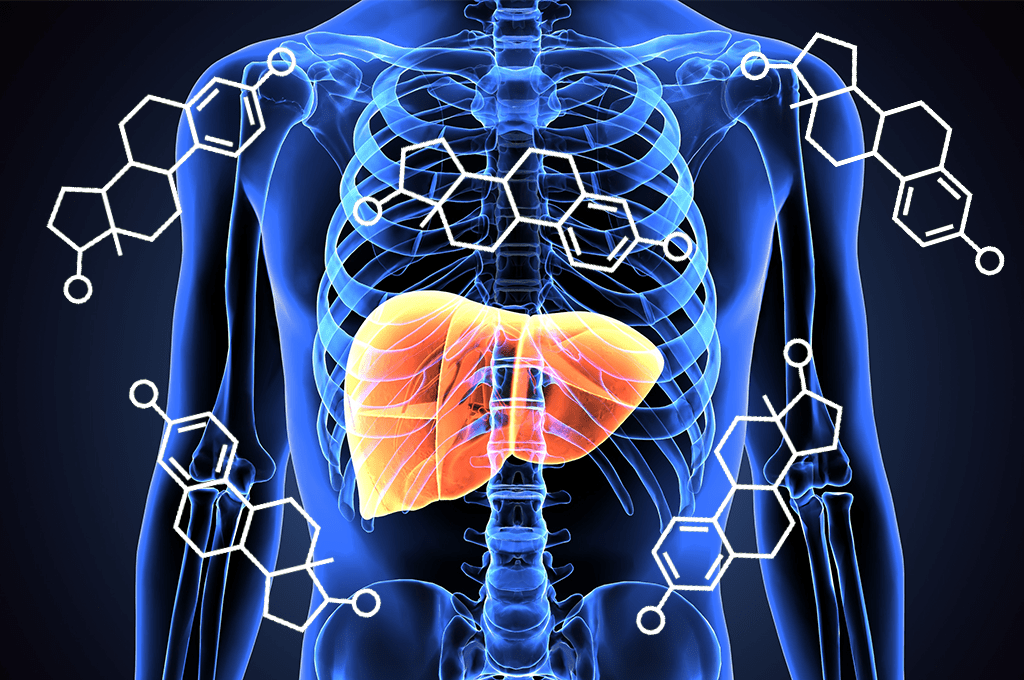Bridging the gender gap in health care: Estrogen’s shield against obesity-induced liver diseases
A groundbreaking study conducted by a collaborative team of Karolinska Institutet (KI) and SciLifeLab researchers sheds light on the mechanisms underlying Metabolic Dysfunction-Associated Steatotic Liver Disease (MASLD) and unveils promising treatment options. MASLD, a condition characterized by the accumulation of fat in the liver, affects over a third of the global population and poses a significant risk of progressing to cirrhosis and liver cancer. Despite its prevalence, treatment options for MASLD are limited.
The study, led by scientists from SciLifeLab and KI, focused on the role of estrogen in liver metabolism and its potential implications for MASLD treatment. Notably, the research team observed a correlation between MASLD and estrogen levels, as particularly postmenopausal women and men are affected by the disease due to low estrogen levels. By conducting experiments on obese female and male mice, the researchers discovered that female mice, which have higher estrogen levels than males, were more protected from fat accumulation in the liver than males.
”We currently do not know the full story of why some persons with fat in their liver develop liver damage that may progress to liver cirrhosis, and we don’t have any approved therapies for halting this damage except weight loss, so any step in identifying novel therapies is a step in the right direction,” says Hannes Hagström, co-author and professor of Hepatology at Karolinska University Hospital.
“When we treated obese male mice with estrogen, a remarkable reduction in liver fat accumulation was observed. Further investigation at the molecular level revealed that estrogen treatment inhibited pathways responsible for fat buildup, notably targeting a key protein called TEAD1,” states Christian Sommerauer, co-first author and PhD student in the KutterLab. “Elevated TEAD1 activity, observed in obese mice and MASLD patients, was found to exacerbate fat accumulation in liver cells, contributing to disease progression,” adds Carlos Gallardo Dodd, co-first author and PhD student in the KutterLab.

The study’s methodology involved feeding mice a high-fat diet to induce obesity and administering estrogen-like substances to investigate their effects on liver metabolism. Advanced sequencing techniques were used to analyze gene expression patterns in the liver tissue of the obese mice. Subsequent validation studies using liver cells from patients with MASLD demonstrated the efficacy of blocking TEAD1 with small molecule inhibitors in reducing fat accumulation. Looking ahead, the research team aims to further investigate the molecular mechanisms underlying MASLD and identify potential biomarkers for early detection and treatment. By using advanced bioinformatic tools, they seek to analyze large datasets from patients with MASLD to better understand the disease.
“This pioneering study offers a promising glimpse into the future of MASLD treatment, highlighting the therapeutic potential of targeting estrogen and TEAD1 pathways. With further research and collaboration, these findings may pave the way for more effective management of MASLD, alleviating the burden on patients and healthcare systems worldwide,” concludes Claudia Kutter, SciLifeLab alumni and corresponding author of this study.





